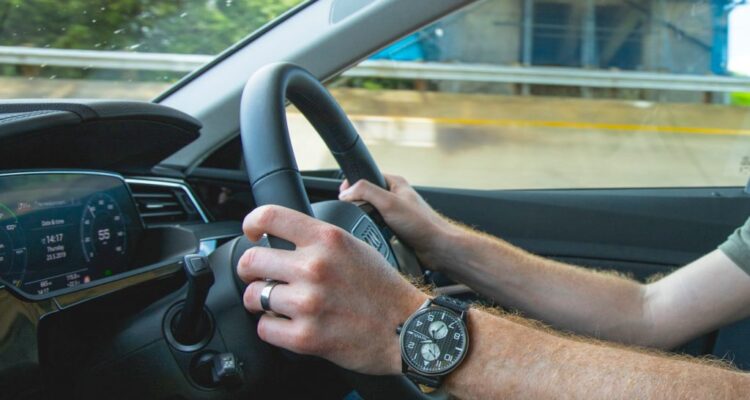Understanding rideshare liability is crucial for every driver. You might think you’re just a passenger or driver, but accidents can turn complex quickly.
Legal implications and insurance coverage play significant roles in these situations. Knowing where you stand helps protect your rights and finances. Plus, understanding city-specific laws can save you from potential headaches down the line.
Stick around as we break down essential insights that will empower you to navigate the ins and outs of rideshare liability confidently.
Crucial Insurance Variances: Ridesharing vs. Personal Driving
The insurance landscape for rideshare drivers varies markedly from that of personal auto coverage. When you’re behind the wheel with Uber or Lyft, the extent of your coverage hinges on your status – actively chauffeuring a passenger or poised for a fare request.
Conventional personal auto policies typically do not account for rideshare endeavors, potentially exposing you to risk in the event of an incident.
For example, while in “driver mode,” rideshare companies provide limited liability coverage to protect drivers and passengers alike. Yet this coverage may not cover everything—especially if the accident involves another vehicle.
It’s essential to check with your insurer and consider additional rideshare insurance options to ensure comprehensive protection as you navigate this unique driving landscape. Understanding these nuances empowers you to stay secure on the road.
How State Laws Impact Rideshare Liability
State laws significantly influence rideshare liability. Each state has unique regulations governing insurance coverage and driver responsibilities, impacting how liability is assigned in accidents.
For instance, what happens during a Fort Wayne car accident can differ based on local statutes compared to other cities. Competent legal handling becomes crucial when navigating these peculiar issues.
Consulting resources or practices that focus on regional regulations aids clarity in understanding your rights and obligations as a rideshare driver or passenger.
By familiarizing yourself with the specifics of your state’s laws, you bolster your protection against unexpected legal challenges while using ridesharing services confidently.
Understanding Fault in Rideshare Collisions
The concept of negligence is key to establishing who is at fault in rideshare accidents. Comprehending its implications can aid in evaluating your circumstances. Reflect on these factors:
- Rideshare Driver Conduct: Should the driver be engaging in reckless activities such as speeding, not paying attention, or intoxication, they could be deemed responsible.
- Passenger Behavior: Passengers contributing to distraction or acting hazardously might likewise bear a portion of the accountability.
- Other Drivers: Liability may extend to other vehicles involved if their actions contribute to the accident.
Determining negligence requires examining all factors and evidence from the scene. This process can get complex, making legal guidance essential for navigating potential claims and understanding your rights following an incident.

Third-Party Responsibility in Ridesharing
Comprehending third-party liability is essential when addressing accidents involving rideshare operations. This encompasses the accountability that could be assigned to drivers, passengers, or others when a collision takes place.
For instance, if you sustain an injury as a patron of a service like Uber and the driver is found culpable, their insurance can be targeted for claims. This scenario differs from hiring a limo for your travel needs, where typically the company assumes full liability for its drivers.
Rideshare services complicate matters due to fluctuating coverage based on whether the driver is actively transporting someone or simply waiting for requests. Familiarity with these nuances helps protect your rights and navigate potential legal challenges effectively.
Tips for Documenting Evidence After a Rideshare Accident
Proper documentation can make or break your case after a rideshare accident. Here’s how to gather crucial evidence effectively:
- Take Photos: Capture images of all vehicles involved, focusing on damage and the surrounding scene.
- Collect Information: Gather names and contact details from drivers, passengers, and witnesses.
- Document Conditions: Note weather conditions and road issues that may have contributed to the accident.
You might even encounter dangerous cars you can drive while on duty. Understanding their specific risks adds another layer of complexity.
Keeping thorough records helps support your claims and strengthens your position if legal disputes arise later on. Always prioritize clear documentation right after an incident occurs.
Wrapping Up: Key Takeaways for Drivers
Understanding rideshare liability is vital for drivers. Know the differences in insurance coverage and state laws.
Document evidence after accidents and be aware of negligence factors that can impact claims.
Always seek legal advice when needed. Staying informed empowers you to protect your rights and make confident decisions while using rideshare services.






